How Long Do Bike Tires Last? Average Life Expectancy Explored
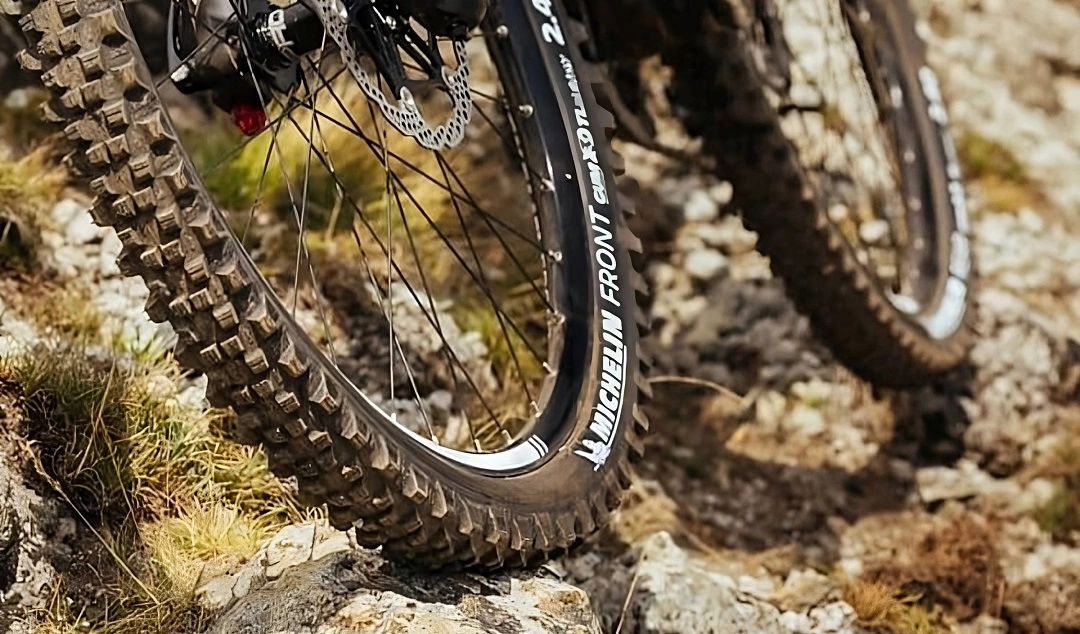
Biking can be tons of fun.
When you’ve got the chance to hit speeds around 30 to 40 miles per hour with nothing between you and the pavement, it can feel like you’ve started to fly. But you want to stay safe and one aspect is of safety is to take care of your bike.
In particular, you want to know how long do bike tires last.
Indeed, safety is crucial in these moments. Whether you’re commuting or exercising, exploring the trails or riding the roads, you need to be sure that you’re taking care of yourself and your bike.
Everyone these days knows that helmets are a crucial part of any bike ride. Did you know that your safety also depends on the care you put into your mountain bike itself?
Aside from regular tune-ups and maintenance, you also need to take care of the mountain bike tires. These can be the biggest determinant of whether you’re having a fun, safe bike ride or a miserable one.
One of the biggest questions people ask is when they need to replace their bike tires. Unfortunately, there isn’t really a simple answer to that question. This is why there are no tire manufacturers that answer this question for you.
They can’t control the variables, and won’t know the conditions you’re riding through, so all they can do is give you a few recommendations on how to extend the bicycle life expectancy of your bike tires.
A lot of different factors go into the lifespan of a tire, so let’s take a look at some of the different things you will need to look at. These will give you an indication that it’s time to change your bike tires.
Essentially, it is your responsibility to maintain your bike tires in a way that increases life expectancy.
How long do bike tires last?
While a lot of different factors go into tire lifespans, there is still an expected average.
In general, you can expect to get somewhere between 1,000 and 3,000 miles out of your average tire. Granted, the mileage variation is massive even on average, but as we said… things like the brand, the thickness, and other factors we will look into here cause this span.
If you’ve got specialized tires, you can get a little more mileage from them. For example, the average bike tire mileage that you get from puncture resistant tires, or bike tires made for touring, goes up to 3,000.
On the other hand, a lot of special racing bike tires are extremely minimalist and focused on speed, so they only average 1,000 miles or less before needing replacement.
Inspection: Warning Signs of Aging Tires
When it comes to the tire’s lifespan, there are several different things you can check to make sure that your bike tires are still in good shape.
Here are some of the things that may let you know where your bike tires are in the process of aging and how many miles you can expect to get out of them.
Check Your Treads
One of the fastest and easiest ways to determine how your bike tires are doing is by checking their treads.
Treads are the intentional dips in the rubber. In a car, when these wear flat, your bike tires become all but useless because these are what give your tires traction against a road.
On bikes, they are a little harder to check, especially on racing bike tires or other tire models that don’t usually come with much of a tread off the manufacturing line but take a look at them when you first buy them. Grab a photo if possible.
You will be able to compare that to what they begin looking like over time.
For tires that don’t have treads, you can examine your contact patch. This is a layer that goes over your bike’s tire and is specially designed to come into contact with the road while you bike.
You will also be able to notice this, among other subtle indications, when your bike tires start to get worn out and need replacement.
When Disaster Strikes
Unfortunately, there are some unavoidable problems you might face when riding on the roads. Various conditions can cut chunks into your tires.
If you look at your tires and see any rips, flat spots, punctures, or cuts and tears then you will need to look at replacements.
These happen over time, and the first one may not necessarily require an immediate replacement. This will be up to you, based on how bad it is, your road conditions, and how the tire seems to be taking the damage.
Keep in mind that if your tire ends up with any large bulges, or if it has any areas that seem to snake back and forth when you spin it with your hands, you will no longer have the option.
It is incredibly dangerous because the snaking is a result of the interior threads of your tire being separated. This will cause your tire to fail very quickly, possibly while you are at speed, which is incredibly dangerous as you won’t be able to stop.
These can also look like tumors on the tire. If you see this, it means there’s a weakness in the rubber of your tire. You will need to replace the tire before your next ride. Otherwise, you will end up getting a blowout on your next ride.
Rips in your tires almost always require replacement. If you are out riding when this happens, you can temporarily fix it with a Tire Book Patch or a folded-up dollar bill, but that’s about as long as it’ll be good for.
You’ll need to replace the tires before your next ride.
Criss Cross Threads
Underneath the rubber of every tire, there is a piece called a protection belt. This is woven from carcass thread in a diagonal or crisscross pattern.
If you can see this pattern on any part of your tire, then you will need to replace your tires pretty soon because they’re on their way out of commission.
Most people will change their tires before they can see that belt, but if not start saving your money because while it won’t fail immediately, the thread is an indication that your tires are at the end of their lifespan.
Sidewalls
Another spot to check on your tires is the sidewall. This is the tire’s flank and it is one of the best ways to determine how healthy your tires are if no other damage needs to be assessed.
Newer tires are going to be healthy and full. If you begin to see a thin sidewall, even on newer tires, it means that you need to perform some maintenance. If the tires are thin because they’re old, you will probably also start seeing threads and cracks.
Seeing threads and cracks mean that your tire is either very old or has been neglected when it comes to care.
Make sure that you’re tuning the bike regularly with a qualified bike shop in order to extend the life of your tires. Doing so means you can catch some of these problems before they spell the death of your tires.
Examining the cracks in a sidewall can tell you a lot about the tires on a bike. If you’ve got long cracks along the top of your tire, it’s an indicator that the tires have been driven with insufficient pressure inside.
Evenly distributed cracks are less serious. These are simply a sign that the tires aren’t new. These are age cracks, and the even distribution is actually a sign that they’ve been taken care of correctly.
This means you probably still have a decent amount of miles left in them. Still, if you plan on racing at speed or riding down steep hills, then you may want to replace them anyway.
Neglect
That conversation leads us to one of the biggest indicators that you’re going to need to replace your tires more quickly. Neglectful owners are the leading cause of decreased bike tire lifespan.
It is crucial that you take care of your tires if you don’t want to be replacing them frequently.
A lot of tires fall short of their maximum potential lifespan because their riders don’t monitor the correct pressure. When you ride on tires that have very low pressure, then the sidewalls will start to bend and lose their rigid property.
This will create premature wear and tear on your tires and lead them to need replacement much quicker than otherwise.
Make sure you check your tire pressure every time you ride. You can use a pressure gauge to do this. Adjust it as necessary. This will maximize the lifespan of your tires. Your sidewall should have a recommended tire pressure for your specific model.
Why should I replace my bicycle tires?
This question seems to have an obvious answer.
You replace them when they are worn out. The harder thing to answer is, where does that point happen?
Is it with thin treads, when you see threads?
Knowing the breaking point of replacing tires before they die on you mid-ride is a challenge.
Worn Out Tires
In general, if your tires are very worn out, then that is one good reason you should replace them.
Otherwise, they will completely fail on you while you’re riding and leave you stranded, possibly quite a long way from home, with no way back.
Worst case scenario, that happens after you’ve lost control and injured yourself. Best case scenario, it happens close enough to your car to get safely back home without injury. Either way, it’s spoiled your day.
When you store your bike properly, you may think that it isn’t aging because you’re not putting any miles on the tires. Unfortunately, that’s not the case at all. Your tread won’t be wearing down, but your tire itself can get hard and start to crack as it ages.
If you notice fraying and cracking, then you should avoid riding your bike until you’ve replaced the tires.
A lot of people can extend the life of their tires with patches. These can work well for a bit, but if you end up needing to patch every ride then you need to just get new tires.
Every stray rock or piece of glass shouldn’t rip a hole in healthy tires. To extend the bike tire life of your next pair, you can always install tire liners that can prevent flats and protect your tires.
Bike’s Performance is Less Efficient or Enjoyable
If your bike isn’t performing the way it used to, that’s another good indication that you should look at your tires.
A lot of different things could contribute to your bike losing performance efficiency, but usually, it comes down to either maintenance or tires.
If your bike is well maintained and properly tuned, then your tires may need replacement.
Safety
One of the biggest reasons to replace your bike’s tires is for your safety. As we’ve mentioned, the average is 1,000 to 3,000 miles for tires before they need to be replaced.
If they seem to be performing well but are quickly approaching 3,000 miles, you will probably need to replace them soon regardless of other factors because they’re hitting the maximum recommended bicycle tire lifespan and may have some unseen internal damage.
One thing to look out for is flat tires. If your bike continually has flat tires, and you’re needing to add air pressure to the tires between every ride, then it’s a good indication that your tires will need to be replaced soon.
This is a major safety hazard. Flat tires don’t run well, and you have no control over them.
If they are continually flat on your rides, one day they’re going to lose air rapidly, possibly while you’re speeding downhill at upwards of 30 miles per hour!
On the subject of safety, don’t forget about your inner tubes. A lot of people will replace their tires but forget about the inner tubes of their bikes.
Your tires provide some protection, but as they wear down, there is less material that pads your inner tubes from the spikes, rocks, and junk on your road or trail.
This can create damage to the inside components, so don’t neglect them when you replace things.
Control Your Bike
Another reason to replace your tires is for greater control over your bike’s performance. There are a lot of different types of bikes and tires, and a lot of people buying their first bike may not know what type of riding they prefer.
They start with a set of tires that may be designed for road biking when they end up enjoying trail biking or racing instead. They end up with a multi-purpose tire when they really want a specialized tire.
Once you develop your preferred riding style, you can change the tires on your bike to the special tires that are best suited for your riding style. This will help extend the life of your tires by default of having the tire that is suited to its purpose, rather than trying to force a tire not designed for the job to do it anyway.
In the end, you can make it work that way but it won’t ever be the best for the job and it will work twice as hard (and thus wear twice as fast) to do it.
You also want to make sure you have the right-sized tires for your bike. The side of your tire should have a size on it. Some common tire sizes for bikes are 26 x 1.5, 26 x 2, and 700 x 25. Still, there are tons of different sizes so make sure that you write it down before you order from a store or online.
Taking your bike to a specialist might get you a recommendation on the best option for your bike and riding style, too.
For road bike and mountain bike tires, you need to make sure your diameter is exact. For example, if you have 25-inch wheels, you can only purchase 25-inch tires. Widths can vary, but not diameters.
The control comes from the width, anyway. For example, if you get a wider tire then you will have more comfort and traction thanks to the additional air.
If you get a lot of flat tires or tend to experience rough rides, then wider tires may be better for you, too. They’re easier to control.
Alternately, people who like to quickly accelerate and climb better will want thinner tires because they’re more lightweight.
Remember that you need to make sure your tire width is compatible with both your bike frame and your rims.
Going up or down 1 or 2 widths from your manufacturer’s size should work for most people, but if you want a bigger jump then you need to talk to a specialist for some recommendations based on your bike model and riding style.
Less Stress
Replacing your tires regularly, rather than waiting for them to wear out, can provide you with some peace of mind and take away stressful moments.
For a lot of people, it may mean that they could have gotten another few rides out of the tires, but the trade-off is not having to worry about what would happen if their tire blew out on them mid-ride.
Getting regular maintenance for your bike can easily include having the specialist check your tires and pressure during tune-ups and make a recommendation or estimate of mileage left in the tires based on your riding style.
Trading them in before they’re completely dead will prevent you from getting stranded or injured, so the peace of mind might be worth it to know that when you go riding, you won’t have to worry about your tires.

Steve Beck is a passionate cyclist and experienced writer covering the cycling industry for over a decade. He has a wealth of knowledge and expertise in all bike-related things, from the latest products and technologies to the best routes and trails. His articles are well-researched, informative, and engaging, and he has a talent for explaining complex cycling concepts in a way that is easy to understand. Steve can be found on the road when he’s not writing about bikes, putting his knowledge and skills to the test.

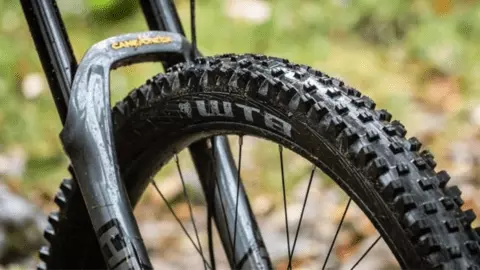


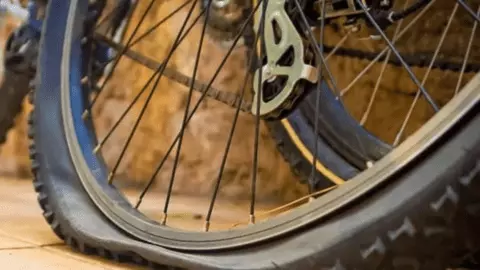
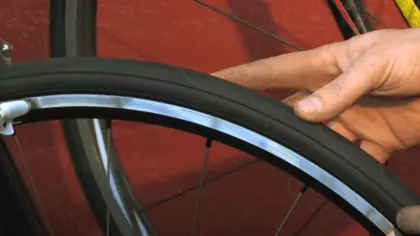
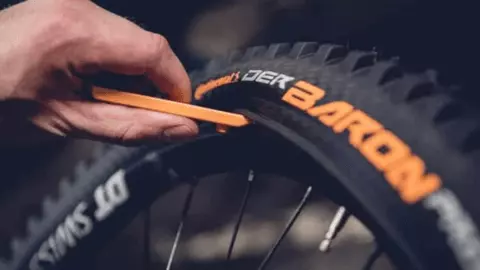
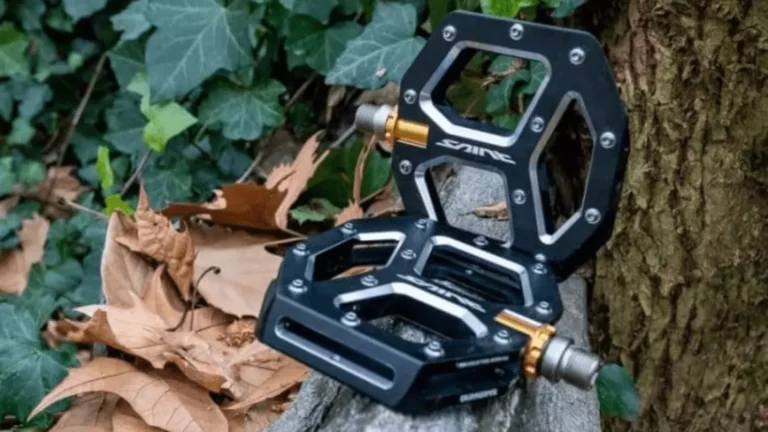
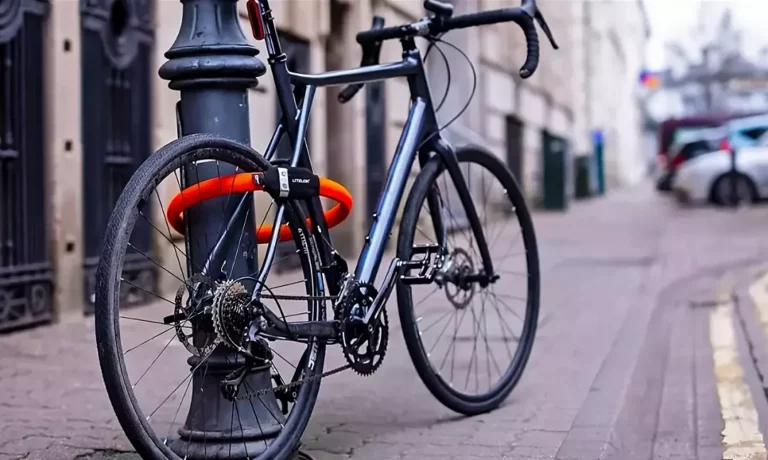
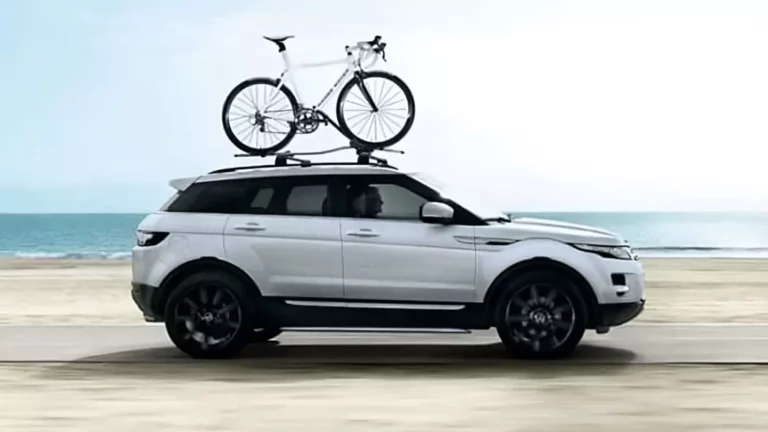
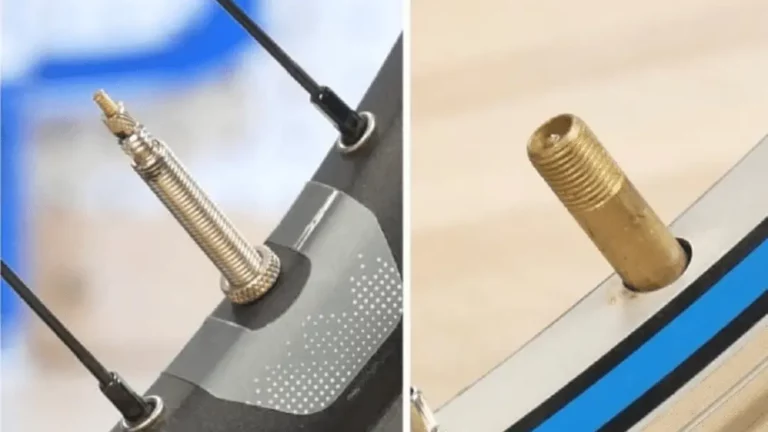
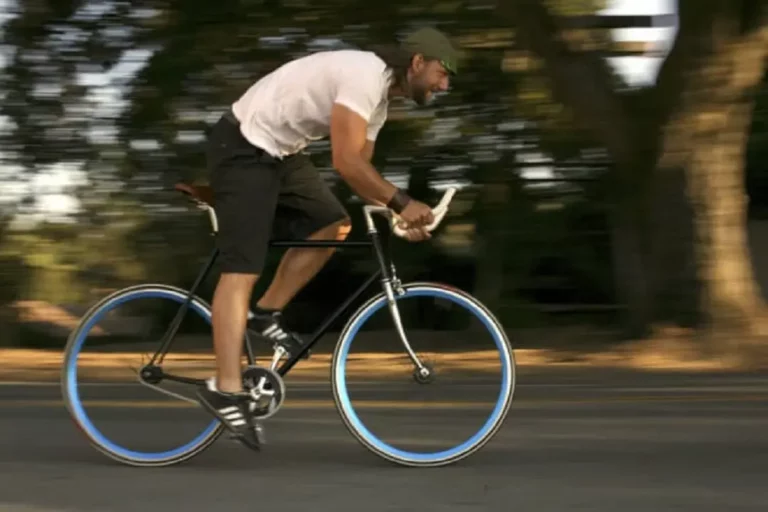
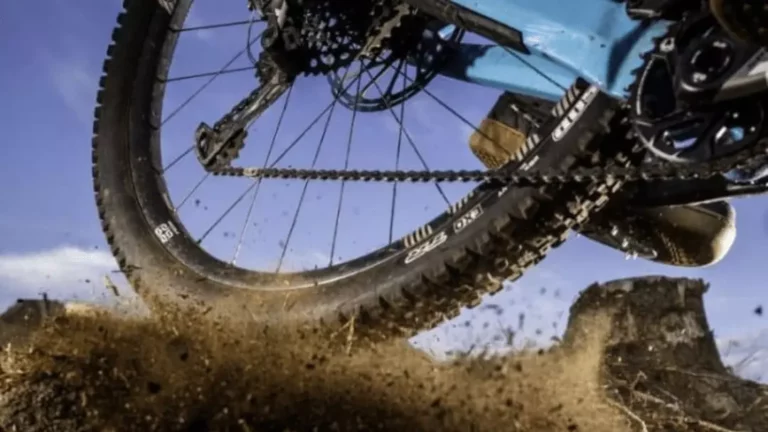
It is very useful information. Knowing how long the bike tires last is very important. It helps me prepare for the unexpected on long day trips.
I generally keep a benign eye on the wear on the knobs and how well or not my back tire hooks up over time. Never have tires long enough to have to worry about sidewall rot since bike is a g.p. rig (errands plus fun).